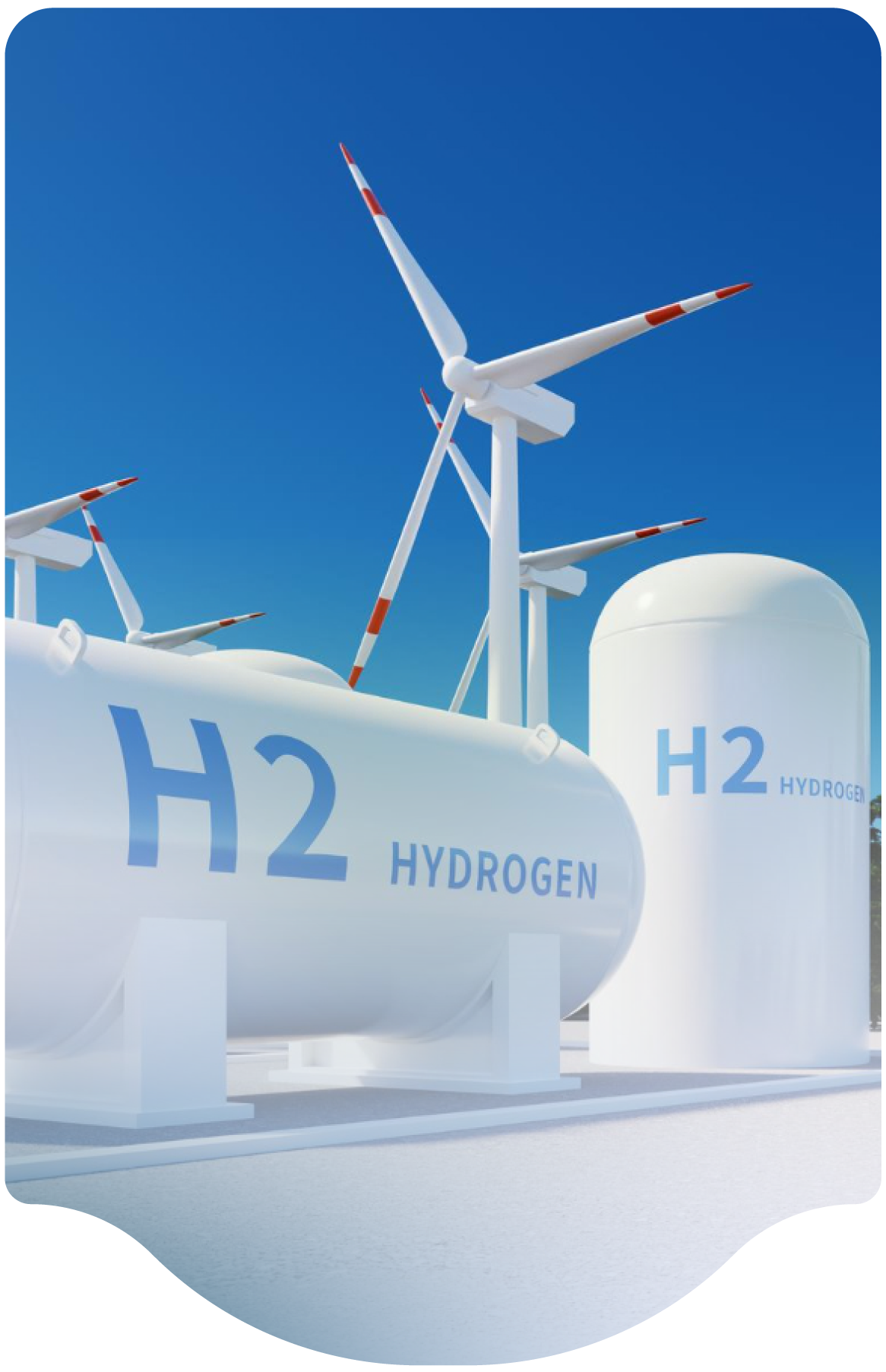The US military and hydrogen in Missouri
1871-4668 978-1-4020-6440-1
The US military is a heavy user of energy both in mobile applications and for its large infrastructure base. One US installation, Fort Leonard Wood, is a training center for all the US services (Army, Air Force, Navy, Marine, and Coast Guard) as well as a school center for the Corps of Engineers, Military Police, and '' Chemical '' (read as chemical, biological, radiological, nuclear, and explosives defense) branches of the Army. The installation is also an international crossroad with many nations' officers training there and permanent military liaison missions from several NATO countries. The University of Missouri is located near the installation and operates a technology park on the military base. The University is engaged is a series of alternative energy projects with the US military to make Fort Leonard Wood. an alternative energy '' poster child '' which means both a test bed and a model operation for emulation. The projects include the use of hydrogen as a transportation fuel. The hydrogen initiatives are to address the challenge of ensuring reliable, domestic, diverse energy sources while reducing US dependence on foreign oil and protecting the environment, the University of Missouri-Rolla (UMR) is establishing a Hydrogen Center to research and develop technologies for the next generation hydrogen-powered transportation systems.
10.1007/978-1-4020-6442-5_9
Times Cited: 0 NATO Advanced Research Workshop on Assessment of Hydrogen Energy for Sustainable Development Aug 07-10, 2006 Istanbul, TURKEY Nato 0
107-112

